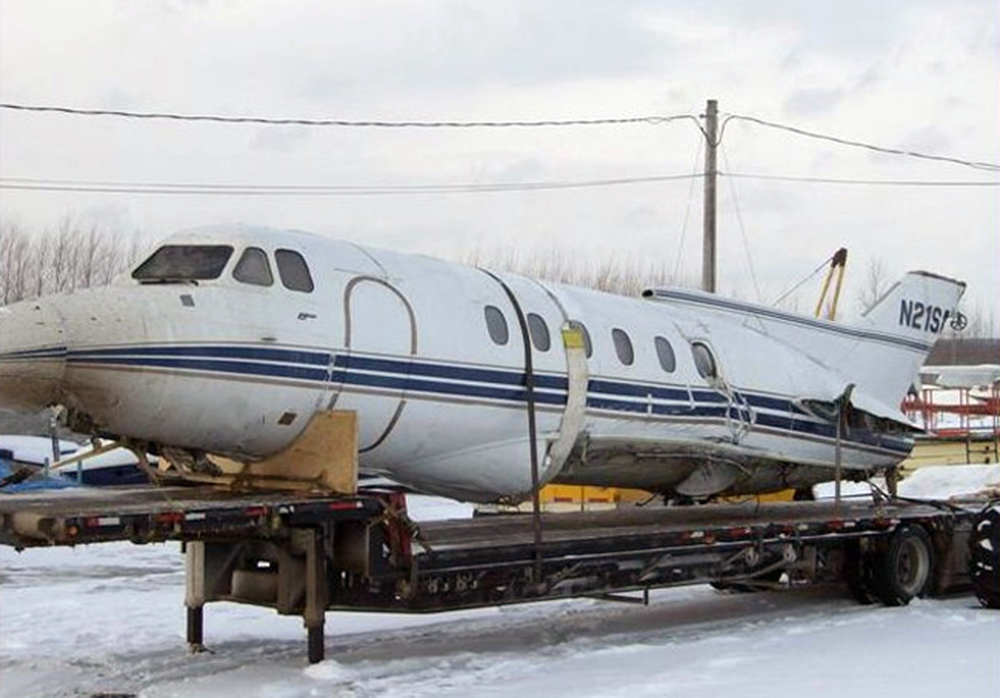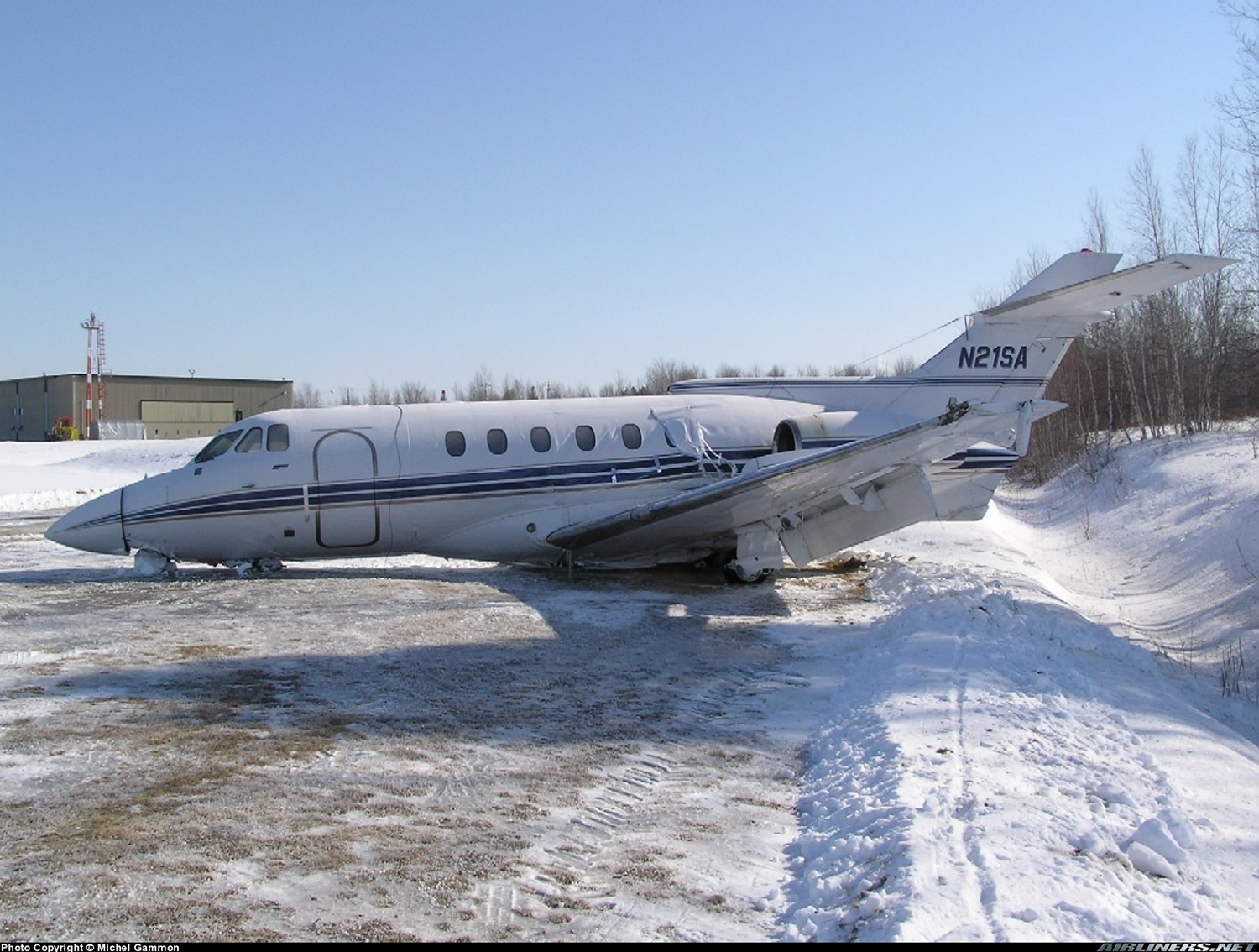Region
Crash of an Airbus A340-313X in Toronto
Date & Time:
Aug 2, 2005 at 1602 LT
Registration:
F-GLZQ
Survivors:
Yes
Schedule:
Paris - Toronto
MSN:
289
YOM:
1999
Flight number:
AF358
Crew on board:
12
Crew fatalities:
Pax on board:
297
Pax fatalities:
Other fatalities:
Total fatalities:
0
Captain / Total hours on type:
1788.00
Copilot / Total hours on type:
2502
Aircraft flight hours:
28426
Aircraft flight cycles:
3711
Circumstances:
The Air France Airbus A340-313 aircraft (registration F-GLZQ, serial number 0289) departed Paris, France, at 1153 Coordinated Universal Time (UTC) as Air France Flight 358 on a scheduled flight to Toronto, Ontario, with 297 passengers and 12 crew members on board. Before departure, the flight crew members obtained their arrival weather forecast, which included the possibility of thunderstorms. While approaching Toronto, the flight crew members were advised of weather-related delays. On final approach, they were advised that the crew of an aircraft landing ahead of them had reported poor braking action, and Air France Flight 358’s aircraft weather radar was displaying heavy precipitation encroaching on the runway from the northwest. At about 200 feet above the runway threshold, while on the instrument landing system approach to Runway 24L with autopilot and autothrust disconnected, the aircraft deviated above the glideslope and the groundspeed began to increase. The aircraft crossed the runway threshold about 40 feet above the glideslope. During the flare, the aircraft travelled through an area of heavy rain, and visual contact with the runway environment was significantly reduced. There were numerous lightning strikes occurring, particularly at the far end of the runway. The aircraft touched down about 3800 feet down the runway, reverse thrust was selected about 12.8 seconds after landing, and full reverse was selected 16.4 seconds after touchdown. The aircraft was not able to stop on the 9000-foot runway and departed the far end at a ground speed of about 80 knots. The aircraft stopped in a ravine at 2002 UTC (1602 eastern daylight time) and caught fire. All passengers and crew members were able to evacuate the aircraft before the fire reached the escape routes. A total of 2 crew members and 10 passengers were seriously injured during the crash and the ensuing
evacuation.
evacuation.
Probable cause:
Findings as to Causes and Contributing Factors:
1. The crew conducted an approach and landing in the midst of a severe and rapidly changing thunderstorm. There were no procedures within Air France related to distance required from thunderstorms during approaches and landing, nor were these required by regulations.
2. After the autopilot and autothrust systems were disengaged, the pilot flying (PF) increased the thrust in reaction to a decrease in the airspeed and a perception that the aircraft was sinking. The power increase contributed to an increase in aircraft energy and the aircraft deviated above the glide path.
3. At about 300 feet above ground level (agl), the surface wind began to shift from a headwind component to a 10-knot tailwind component, increasing the aircraft’s groundspeed and effectively changing the flight path. The aircraft crossed the runway threshold about 40 feet above the normal threshold crossing height.
4. Approaching the threshold, the aircraft entered an intense downpour, and the forward visibility became severely reduced.
5. When the aircraft was near the threshold, the crew members became committed to the landing and believed their go-around option no longer existed.
6. The touchdown was long because the aircraft floated due to its excess speed over the threshold and because the intense rain and lightning made visual contact with the runway very difficult.
7. The aircraft touched down about 3800 feet from the threshold of Runway 24L, which left about 5100 feet of runway available to stop. The aircraft overran the end of Runway 24L at about 80 knots and was destroyed by fire when it entered the ravine.
8. Selection of the thrust reversers was delayed as was the subsequent application of full reverse thrust.
9. The pilot not flying (PNF) did not make the standard callouts concerning the spoilers and thrust reversers during the landing roll. This further contributed to the delay in the PF selecting the thrust reversers.
10. Because the runway was contaminated by water, the strength of the crosswind at touchdown exceeded the landing limits of the aircraft.
11. There were no landing distances indicated on the operational flight plan for a contaminated runway condition at the Toronto/Lester B. Pearson International Airport (CYYZ).
12. Despite aviation routine weather reports (METARs) calling for thunderstorms at CYYZ at the expected time of landing, the crew did not calculate the landing distance required for Runway 24L. Consequently, they were not aware of the margin of error available for the landing runway nor that it was eliminated once the tailwind was experienced.
13. Although the area up to 150 m beyond the end of Runway 24L was compliant with Aerodrome Standards and Recommended Practices (TP 312E), the topography of the terrain beyond this point, along the extended runway centreline, contributed to aircraft damage and to the injuries to crew and passengers.
14. The downpour diluted the firefighting foam agent and reduced its efficiency in dousing the fuel-fed fire, which eventually destroyed most of the aircraft.
Findings as to Risk :
1. In the absence of clear guidelines with respect to the conduct of approaches into convective weather, there is a greater likelihood that crews will continue to conduct approaches into such conditions, increasing the risk of an approach and landing accident.
2. A policy where only the captain can make the decision to conduct a missed approach can increase the likelihood that an unsafe condition will not be recognized early and, therefore, increase the time it might otherwise take to initiate a missed approach.
3. Although it could not be determined whether the use of the rain repellent system would have improved the forward visibility in the downpour, the crew did not have adequate information about the capabilities and operation of the rain repellent system and did not consider using it.
4. The information available to flight crews on initial approach in convective weather does not optimally assist them in developing a clear idea of the weather that may be encountered later in the approach.
5. During approaches in convective weather, crews may falsely rely on air traffic control (ATC) to provide them with suggestions and directions as to whether to land or not.
6. Some pilots have the impression that ATC will close the airport if weather conditions make landings unsafe; ATC has no such mandate.
7. Wind information from ground-based measuring systems (anemometers) is critical to the safe landing of aircraft. Redundancy of the system should prevent a single-point failure from causing a total loss of relevant wind information.
8. The emergency power for both the public address (PA) and EVAC alert systems are located in the avionics bay. A less vulnerable system and/or location would reduce the risk of these systems failing during a survivable crash.
9. Brace commands were not given by the cabin crew during this unexpected emergency condition. Although it could not be determined if some of the passengers were injured as a result, research shows that the risk of injury is reduced if passengers brace properly.
10. Safety information cards given to passengers travelling in the flight decks of Air France Airbus A340-313 aircraft do not include illustrations depicting emergency exit windows, descent ropes or the evacuation panel in the flight deck doors.
11. There are no clear visual cues to indicate that some dual-lane slides actually have two lanes. As a result, these slides were used mostly as single-lane slides. This likely slowed the evacuation, but this fact was not seen as a contributing factor to the injuries suffered by the passengers.
12. Although all passengers managed to evacuate, the evacuation was impeded because nearly 50 per cent of the passengers retrieved carry-on baggage.
Other Findings:
1. There is no indication that the captain’s medical condition or fatigue played a role in this occurrence.
2. The crew did not request long aerodrome forecast (TAF) information while en route. This did not affect the outcome of this occurrence because the CYYZ forecast did not change appreciably from information the flight crew members received before departure, and they received updated METARs for CYYZ and Niagara Falls International Airport (KIAG).
3. The possibility of a diversion required the flight crew to check the weather for various potential alternates and to complete fuel calculations. Although these activities consumed considerable time and energy, there is no indication that they were unusual for this type of operation or that they overtaxed the flight crew.
4. The decision to continue with the approach was consistent with normal industry practice, in that the crew could continue with the intent to land while maintaining the option to discontinue the approach if they assessed that the conditions were becoming unsafe.
5. There is no indication that more sophisticated ATC weather radar information, had it been available and communicated to the crew, would have altered their decision to continue to land.
6. It could not be determined why door L2 opened before the aircraft came to a stop.
7. There is no indication that the aircraft was struck by lightning.
8. There is no information to indicate that the aircraft encountered windshear during its approach and landing.
9. The flight crew seats are certified to a lower standard than the cabin seats, which may have been a factor in the injuries incurred by the captain.
1. The crew conducted an approach and landing in the midst of a severe and rapidly changing thunderstorm. There were no procedures within Air France related to distance required from thunderstorms during approaches and landing, nor were these required by regulations.
2. After the autopilot and autothrust systems were disengaged, the pilot flying (PF) increased the thrust in reaction to a decrease in the airspeed and a perception that the aircraft was sinking. The power increase contributed to an increase in aircraft energy and the aircraft deviated above the glide path.
3. At about 300 feet above ground level (agl), the surface wind began to shift from a headwind component to a 10-knot tailwind component, increasing the aircraft’s groundspeed and effectively changing the flight path. The aircraft crossed the runway threshold about 40 feet above the normal threshold crossing height.
4. Approaching the threshold, the aircraft entered an intense downpour, and the forward visibility became severely reduced.
5. When the aircraft was near the threshold, the crew members became committed to the landing and believed their go-around option no longer existed.
6. The touchdown was long because the aircraft floated due to its excess speed over the threshold and because the intense rain and lightning made visual contact with the runway very difficult.
7. The aircraft touched down about 3800 feet from the threshold of Runway 24L, which left about 5100 feet of runway available to stop. The aircraft overran the end of Runway 24L at about 80 knots and was destroyed by fire when it entered the ravine.
8. Selection of the thrust reversers was delayed as was the subsequent application of full reverse thrust.
9. The pilot not flying (PNF) did not make the standard callouts concerning the spoilers and thrust reversers during the landing roll. This further contributed to the delay in the PF selecting the thrust reversers.
10. Because the runway was contaminated by water, the strength of the crosswind at touchdown exceeded the landing limits of the aircraft.
11. There were no landing distances indicated on the operational flight plan for a contaminated runway condition at the Toronto/Lester B. Pearson International Airport (CYYZ).
12. Despite aviation routine weather reports (METARs) calling for thunderstorms at CYYZ at the expected time of landing, the crew did not calculate the landing distance required for Runway 24L. Consequently, they were not aware of the margin of error available for the landing runway nor that it was eliminated once the tailwind was experienced.
13. Although the area up to 150 m beyond the end of Runway 24L was compliant with Aerodrome Standards and Recommended Practices (TP 312E), the topography of the terrain beyond this point, along the extended runway centreline, contributed to aircraft damage and to the injuries to crew and passengers.
14. The downpour diluted the firefighting foam agent and reduced its efficiency in dousing the fuel-fed fire, which eventually destroyed most of the aircraft.
Findings as to Risk :
1. In the absence of clear guidelines with respect to the conduct of approaches into convective weather, there is a greater likelihood that crews will continue to conduct approaches into such conditions, increasing the risk of an approach and landing accident.
2. A policy where only the captain can make the decision to conduct a missed approach can increase the likelihood that an unsafe condition will not be recognized early and, therefore, increase the time it might otherwise take to initiate a missed approach.
3. Although it could not be determined whether the use of the rain repellent system would have improved the forward visibility in the downpour, the crew did not have adequate information about the capabilities and operation of the rain repellent system and did not consider using it.
4. The information available to flight crews on initial approach in convective weather does not optimally assist them in developing a clear idea of the weather that may be encountered later in the approach.
5. During approaches in convective weather, crews may falsely rely on air traffic control (ATC) to provide them with suggestions and directions as to whether to land or not.
6. Some pilots have the impression that ATC will close the airport if weather conditions make landings unsafe; ATC has no such mandate.
7. Wind information from ground-based measuring systems (anemometers) is critical to the safe landing of aircraft. Redundancy of the system should prevent a single-point failure from causing a total loss of relevant wind information.
8. The emergency power for both the public address (PA) and EVAC alert systems are located in the avionics bay. A less vulnerable system and/or location would reduce the risk of these systems failing during a survivable crash.
9. Brace commands were not given by the cabin crew during this unexpected emergency condition. Although it could not be determined if some of the passengers were injured as a result, research shows that the risk of injury is reduced if passengers brace properly.
10. Safety information cards given to passengers travelling in the flight decks of Air France Airbus A340-313 aircraft do not include illustrations depicting emergency exit windows, descent ropes or the evacuation panel in the flight deck doors.
11. There are no clear visual cues to indicate that some dual-lane slides actually have two lanes. As a result, these slides were used mostly as single-lane slides. This likely slowed the evacuation, but this fact was not seen as a contributing factor to the injuries suffered by the passengers.
12. Although all passengers managed to evacuate, the evacuation was impeded because nearly 50 per cent of the passengers retrieved carry-on baggage.
Other Findings:
1. There is no indication that the captain’s medical condition or fatigue played a role in this occurrence.
2. The crew did not request long aerodrome forecast (TAF) information while en route. This did not affect the outcome of this occurrence because the CYYZ forecast did not change appreciably from information the flight crew members received before departure, and they received updated METARs for CYYZ and Niagara Falls International Airport (KIAG).
3. The possibility of a diversion required the flight crew to check the weather for various potential alternates and to complete fuel calculations. Although these activities consumed considerable time and energy, there is no indication that they were unusual for this type of operation or that they overtaxed the flight crew.
4. The decision to continue with the approach was consistent with normal industry practice, in that the crew could continue with the intent to land while maintaining the option to discontinue the approach if they assessed that the conditions were becoming unsafe.
5. There is no indication that more sophisticated ATC weather radar information, had it been available and communicated to the crew, would have altered their decision to continue to land.
6. It could not be determined why door L2 opened before the aircraft came to a stop.
7. There is no indication that the aircraft was struck by lightning.
8. There is no information to indicate that the aircraft encountered windshear during its approach and landing.
9. The flight crew seats are certified to a lower standard than the cabin seats, which may have been a factor in the injuries incurred by the captain.
Final Report:


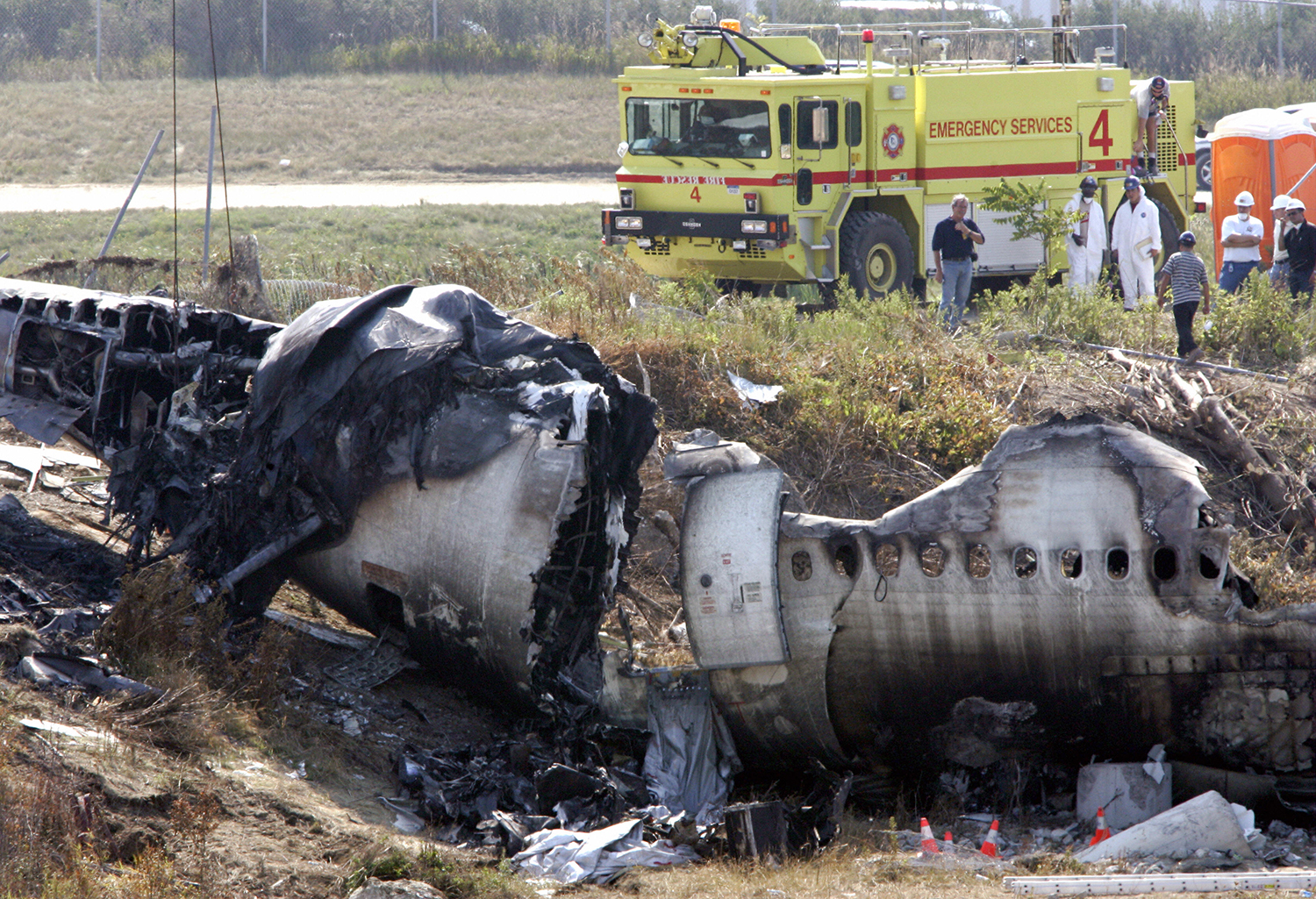
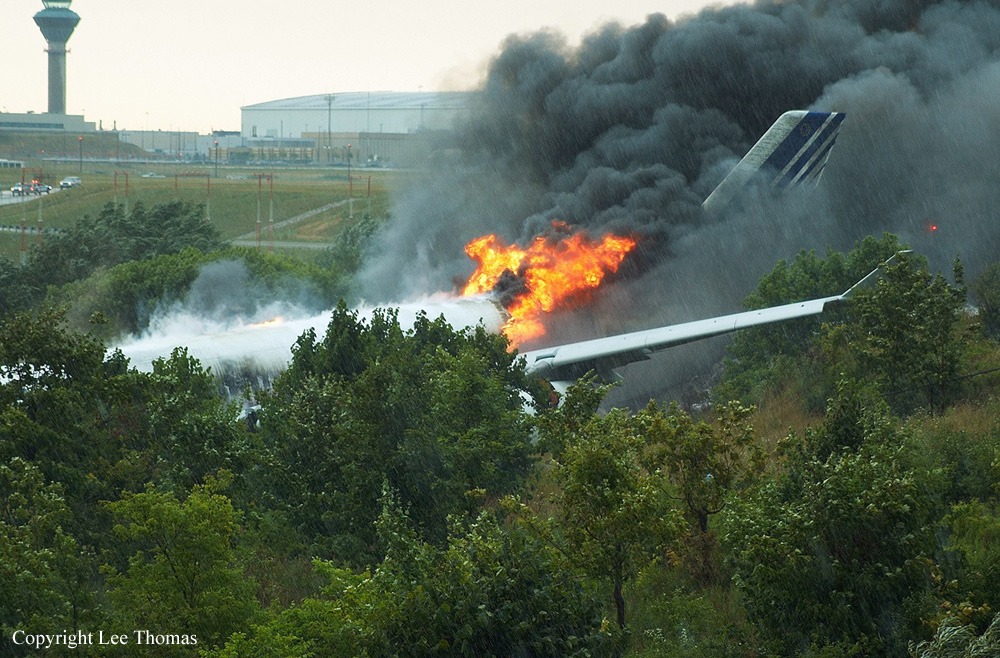

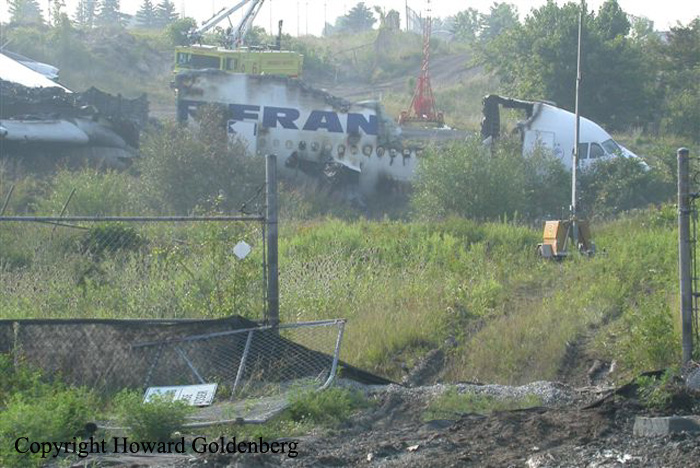


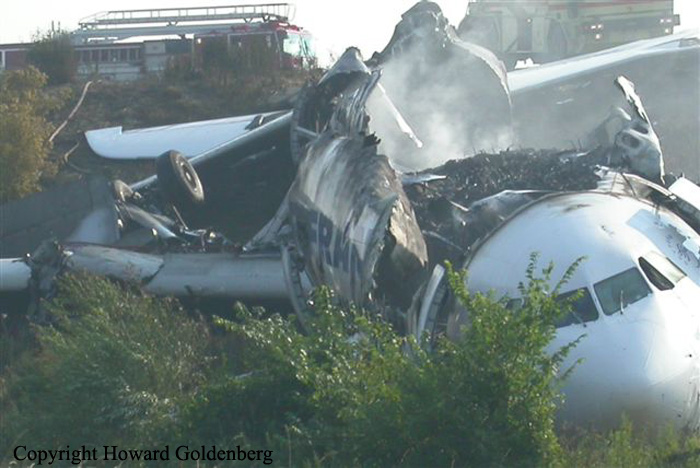



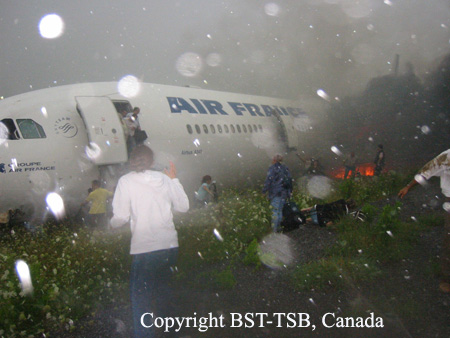

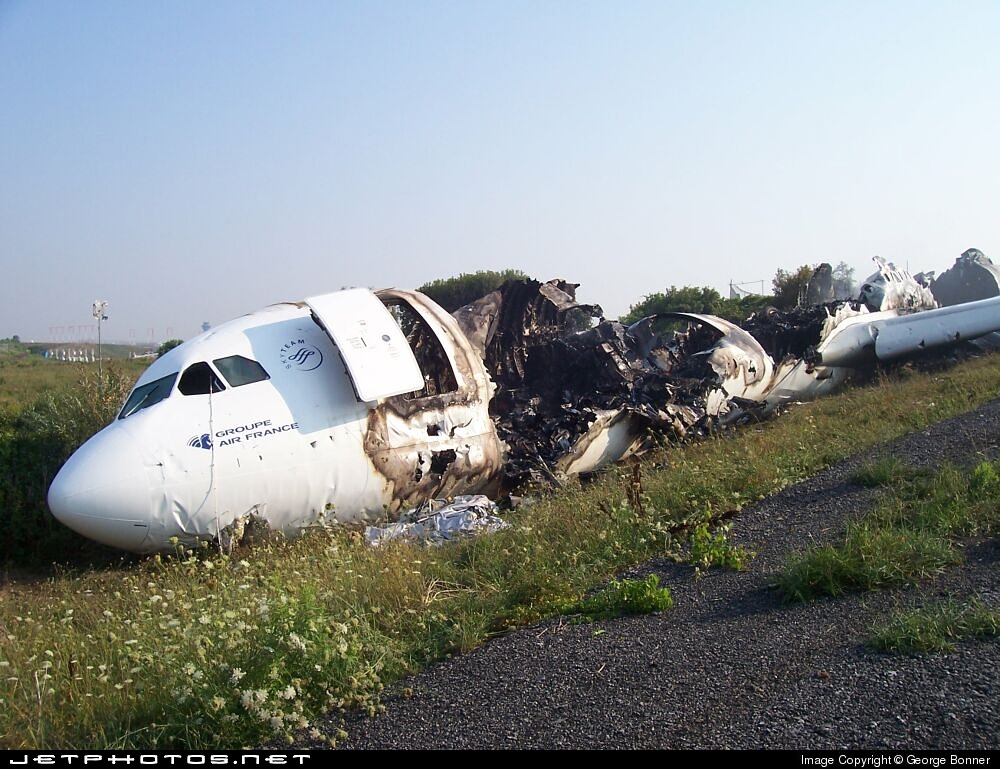

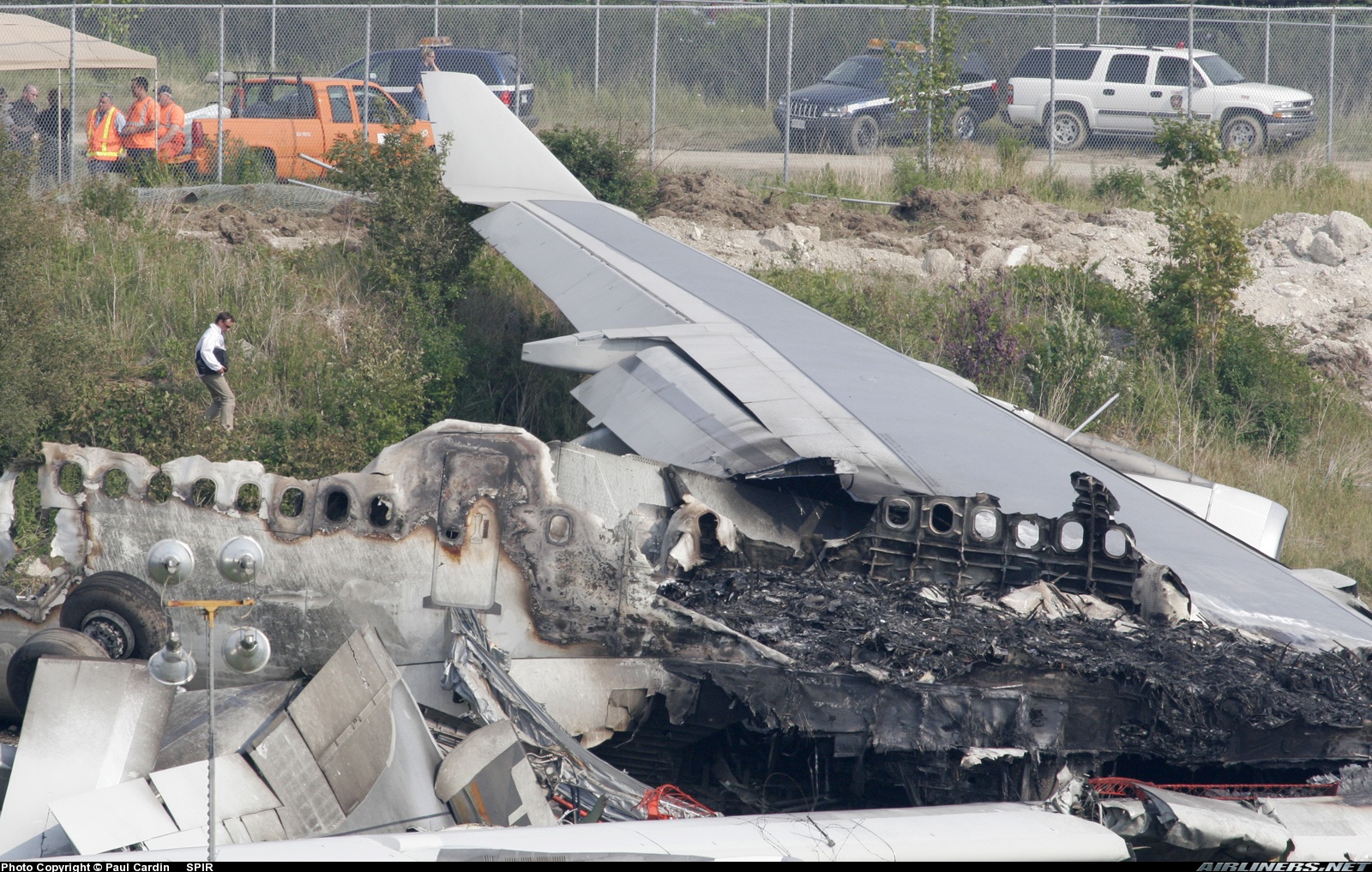

Crash of a Beechcraft 200 Super King Air in Squamish: 2 killed
Date & Time:
Jul 28, 2005 at 0840 LT
Registration:
C-FCGL
Survivors:
No
Schedule:
Vancouver – Smithers
MSN:
BB-190
YOM:
1976
Flight number:
NT202
Crew on board:
2
Crew fatalities:
Pax on board:
0
Pax fatalities:
Other fatalities:
Total fatalities:
2
Captain / Total hours on type:
100.00
Copilot / Total hours on type:
80
Circumstances:
A Raytheon Beechcraft King Air 200 (registration C-FCGL, serial number BB190) operating as NTA202 (Northern Thunderbird Air), departed Vancouver, British Columbia, at 0824 Pacific daylight time on 28 July 2005 for a visual flight rules flight to Smithers, British Columbia, with a crew of two on board. The aircraft did not arrive at its destination, and a search was commenced later that same day. The aircraft was found on 30 July 2005. The crash site was in a narrow canyon at an elevation of about 3900 feet above sea level, in an area of steeply rising terrain. Both occupants were fatally injured. A post-crash fire destroyed most of the aircraft. The emergency locator transmitter was destroyed in the fire and no signal was detected. The crash occurred at about 0840 Pacific daylight time.
Probable cause:
Findings as to Causes and Contributing Factors:
1. The aircraft was flown up a narrow canyon into rapidly rising terrain for reasons that could not be determined. The aircraft’s proximity to terrain and the narrowness of the canyon precluded a turn, and the aircraft’s climb rate was insufficient to clear the rising terrain.
2. The pilot decision-making training received by the crew members was ineffective because they were unprepared for the unique hazards and special operating techniques associated with flying low in mountainous terrain.
Finding as to Risk:
1. The company operations manual (COM) gave no guidance to the crew for the operation of a visual flight rules (VFR) flight, except for the provision that it should not be conducted closer to obstacles than 500 feet vertically and horizontally.
1. The aircraft was flown up a narrow canyon into rapidly rising terrain for reasons that could not be determined. The aircraft’s proximity to terrain and the narrowness of the canyon precluded a turn, and the aircraft’s climb rate was insufficient to clear the rising terrain.
2. The pilot decision-making training received by the crew members was ineffective because they were unprepared for the unique hazards and special operating techniques associated with flying low in mountainous terrain.
Finding as to Risk:
1. The company operations manual (COM) gave no guidance to the crew for the operation of a visual flight rules (VFR) flight, except for the provision that it should not be conducted closer to obstacles than 500 feet vertically and horizontally.
Final Report:
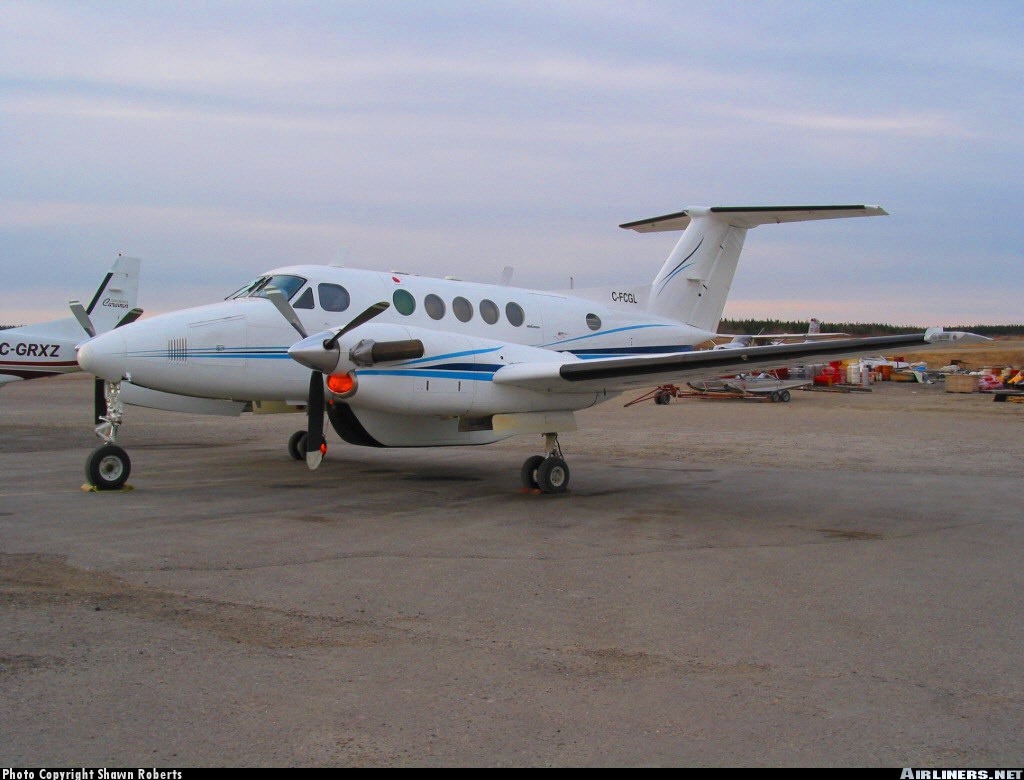

Crash of a Havilland DHC-3 Turbo Otter in Yellowknife
Date & Time:
Jun 24, 2005 at 1912 LT
Registration:
C-FXUY
Survivors:
Yes
Schedule:
Yellowknife - Blachford Lake
MSN:
142
YOM:
1956
Crew on board:
2
Crew fatalities:
Pax on board:
7
Pax fatalities:
Other fatalities:
Total fatalities:
0
Circumstances:
The Air Tindi Ltd. de Havilland DHC-3T (Turbo) Otter (registration C-FXUY, serial number 142) water taxied from the Air Tindi dock at Yellowknife, Northwest Territories, for a charter flight to Blachford Lake. The aircraft was loaded with two crew members, seven passengers, and 840 pounds of cargo. Before the flight, the pilot conducted a preflight passenger briefing, which included information about the location of life preservers and emergency exits. During the take-off run, at about 1912 mountain daylight time, the aircraft performed normally. It became airborne at about 55 mph, which is lower than the normal take-off speed of 60 mph. The pilot applied forward control column to counter the pitch-up tendency, but there was no response. He then trimmed the nose forward, but the aircraft continued to pitch up until it stalled at about 50 feet above the water and the left wing dropped. The aircraft struck the water in the East Bay in a nose-down, 45/ left bank attitude. On impact, the left wing and left float detached from the aircraft, and the aircraft came to rest on its left side. The crew was able to evacuate the passengers before the aircraft submerged, and local boaters assisted in the rescue. There were no serious injuries to the crew or passengers. The aircraft suffered substantial damage.
Probable cause:
Findings as to Causes and Contributing Factors:
1. The aircraft was loaded in such a manner that the C of G was beyond the rearward limit. This resulted in the aircraft’s aerodynamic pitch control limitation being exceeded.
2. A weight and balance report was not completed by the pilot prior to departure and, as a consequence, he was unaware of the severity of the aft C of G position.
Finding as to Risk:
1. The weight of the passengers was underestimated due to the use of standard weights. This increased the potential of inadvertently loading the aircraft in excess of its maximum certified take-off weight.
1. The aircraft was loaded in such a manner that the C of G was beyond the rearward limit. This resulted in the aircraft’s aerodynamic pitch control limitation being exceeded.
2. A weight and balance report was not completed by the pilot prior to departure and, as a consequence, he was unaware of the severity of the aft C of G position.
Finding as to Risk:
1. The weight of the passengers was underestimated due to the use of standard weights. This increased the potential of inadvertently loading the aircraft in excess of its maximum certified take-off weight.
Final Report:

Crash of a Swearingen SA226TC Metro II in Thompson
Date & Time:
May 10, 2005 at 1030 LT
Registration:
C-FKEX
Survivors:
Yes
Schedule:
York Landing – Thompson
MSN:
TC-332
YOM:
1980
Crew on board:
2
Crew fatalities:
Pax on board:
15
Pax fatalities:
Other fatalities:
Total fatalities:
0
Circumstances:
erimeter Aviation flight 914, a Metro II with 17 people on board, was on approach at Thompson, MB. The first officer flew the aircraft during the approach, and encountered turbulence and fluctuating airspeed. The captain took control at 200 feet agl. The aircraft was high and left of centreline. The captain added power, continued the approach and landed hard on runway 23 near the intersection with runway 32. After the aircraft arrived at the apron, a fuel leak was noted. The aircraft was inspected and damage was found in the wheel wells, wing leading edge, engine mounts and a wing-fuselage attachment point. No injuries were reported. Reported winds at 1400Z were 010 at 15-20 kts; 1500Z winds were 350 at 9 kts.
Crash of a Piper PA-31-350 Navajo Chieftain in Comox: 2 killed
Date & Time:
Apr 22, 2005 at 0741 LT
Registration:
C-GVCP
Survivors:
No
Schedule:
Nanaimo – Comox
MSN:
31-7652080
YOM:
1976
Crew on board:
2
Crew fatalities:
Pax on board:
0
Pax fatalities:
Other fatalities:
Total fatalities:
2
Circumstances:
The aircraft was on a scheduled cargo flight from Nanaimo, British Columbia, to the civilian terminal on the south side of the military airbase at Comox, British Columbia. The crew members established communication with the Comox tower when they were at about 2000 feet over Hornby Island, 12 nautical miles southeast of Comox, and requested a practice back course/localizer approach to Runway 30, circling for landing on Runway 18. The request was approved and the aircraft continued inbound. When the aircraft was about two miles from the threshold of Runway 30, the crew declared an emergency for an engine fire in the right engine. The tower alerted the airport response teams and requested standard data from the crew concerning the number of people and amount of fuel on board. Less than 30 seconds after the crew first reported the emergency, the aircraft was engulfed in flames. Shortly thereafter, at 0741 Pacific daylight time, the aircraft rolled inverted and struck the ground in a steep, nose-down, left-wing-low attitude. The aircraft broke apart and burned. Both crew members were fatally injured.
Probable cause:
Findings as to Causes and Contributing Factors:
1. At some point after 01 April 1999, a bad gasket (P/N LW-13388) was installed in the accident engine.
2. The requirement of Airworthiness Directive 2002-12-07 (to ensure that old converter plate gaskets were removed and replaced by new parts) was not carried out on the accident engine.
3. The improper oil filter converter plate gasket in the right engine compartment failed, allowing pressurized oil to spray into the engine compartment and ignite on contact with hot turbocharger and exhaust components.
4. The firewall fuel shut-off valve remained in the OPEN position, allowing pressurized fuel to be delivered to the engine-driven fuel pump by the aircraft’s boost pumps.
5. The initial oil-fed fire generated considerable heat, which melted the casing of the engine-driven fuel pump, allowing pressurized fuel to intensify the fire.
6. The flames breached the main fuel tank, inboard of the engine, causing the aircraft to become engulfed in flames.
Findings as to Risk:
1. Inappropriate converter plate gaskets, identified by part number LW-13388, are known to have remained in the aviation system after the date of the terminating action required by Airworthiness Directive (AD) 2002-12-07.
2. Compliance with the full requirements of AD 2002-12-07 is not always being accomplished with respect to vibro-peening and proper gluing procedures.
1. At some point after 01 April 1999, a bad gasket (P/N LW-13388) was installed in the accident engine.
2. The requirement of Airworthiness Directive 2002-12-07 (to ensure that old converter plate gaskets were removed and replaced by new parts) was not carried out on the accident engine.
3. The improper oil filter converter plate gasket in the right engine compartment failed, allowing pressurized oil to spray into the engine compartment and ignite on contact with hot turbocharger and exhaust components.
4. The firewall fuel shut-off valve remained in the OPEN position, allowing pressurized fuel to be delivered to the engine-driven fuel pump by the aircraft’s boost pumps.
5. The initial oil-fed fire generated considerable heat, which melted the casing of the engine-driven fuel pump, allowing pressurized fuel to intensify the fire.
6. The flames breached the main fuel tank, inboard of the engine, causing the aircraft to become engulfed in flames.
Findings as to Risk:
1. Inappropriate converter plate gaskets, identified by part number LW-13388, are known to have remained in the aviation system after the date of the terminating action required by Airworthiness Directive (AD) 2002-12-07.
2. Compliance with the full requirements of AD 2002-12-07 is not always being accomplished with respect to vibro-peening and proper gluing procedures.
Final Report:
Crash of a De Havilland DHC-2 Beaver off Quadra Island: 5 killed
Date & Time:
Feb 28, 2005 at 1916 LT
Registration:
C-GAQW
Survivors:
No
Schedule:
Campbell River – Frances Bay – Knight’s Inlet – Frances Bay – Campbell River
MSN:
1353
YOM:
1959
Crew on board:
1
Crew fatalities:
Pax on board:
4
Pax fatalities:
Other fatalities:
Total fatalities:
5
Circumstances:
The single engine aircraft departed Campbell River on a night flight to Knight's Inlet with four passengers and one pilot on board. As it failed to arrive at destination, SAR operations were initiated by RCAF & RCMP but no trace of the airplane and its occupants was found. On 15 of July 2005, the wreckage was found at a depth of 260 metres of Quadra Island by the families of the victims. TSB did not proceed to any investigations for this occurrence.


Crash of a BAe 125-600B in Bromont
Date & Time:
Feb 21, 2005 at 1818 LT
Registration:
N21SA
Survivors:
Yes
Schedule:
Montreal - Bromont
MSN:
256006
YOM:
1973
Crew on board:
2
Crew fatalities:
Pax on board:
4
Pax fatalities:
Other fatalities:
Total fatalities:
0
Captain / Total hours on type:
550.00
Copilot / Total hours on type:
100
Circumstances:
The aircraft, operated by Scott Aviation, with two crew members and four passengers on board, took off from Montréal, Quebec, at 1756 eastern standard time, for a night instrument flight rules flight to Bromont, Quebec. Upon approaching Bromont, the co-pilot activated the lighting system and contacted the approach UNICOM (private advisory service). The flight crew was advised that the runway edge lights were out of order. However, the approach lights and the visual approach slope indicator did turn on. The flight crew executed the approach, and the aircraft touched down at 1818 eastern standard time, 300 feet to the left of Runway 05L and 1800 feet beyond the threshold. It continued on its course for a distance of approximately 1800 feet before coming to a stop in a ditch. The crew tried to stop the engines, but the left engine did not stop. The co-pilot entered the cabin to direct the evacuation. One of the passengers tried to open the emergency exit door, but was unsuccessful. All of the aircraft’s occupants exited through the main entrance door. Both pilots and one passenger sustained serious injuries, and the three remaining passengers received minor injuries. The aircraft suffered major damage.
Probable cause:
Findings as to Causes and Contributing Factors:
1. The flight crew attempted a night landing in the absence of runway edge lights. The aircraft touched down 300 feet to the left of Runway 05L and 1800 feet beyond the threshold.
2. The runway was not closed for night use despite the absence of runway edge lights. Nothing required it to be closed.
3. Poor flight planning, non-compliance with regulations and standard operating procedures (SOPs), and the lack of communications between the two pilots reveal a lack of airmanship on the part of the crew, which contributed to the accident.
Findings as to Risk:
1. Because they had not been given a safety briefing, the passengers were not familiar with the use of the main door or the emergency exit, which could have delayed the evacuation, with serious consequences.
2. The armrest of the side seat had not been removed as required and was blocking access to the emergency exit, which could have delayed the evacuation, with serious consequences.
3. Because they had not been given a safety briefing, the passengers seated in the side seats did not know that they should have worn shoulder straps and did not wear them, so they were not properly protected.
4. The possibility of flying to an airport that does not meet the standards for night use gives pilots the opportunity to attempt to land there, which in itself increases the risk of an accident.
5. The landing performance diagrams and the chart used to determine the landing distance did not enable the flight crew to ensure that the runway was long enough for a safe landing on a snow-covered surface.
1. The flight crew attempted a night landing in the absence of runway edge lights. The aircraft touched down 300 feet to the left of Runway 05L and 1800 feet beyond the threshold.
2. The runway was not closed for night use despite the absence of runway edge lights. Nothing required it to be closed.
3. Poor flight planning, non-compliance with regulations and standard operating procedures (SOPs), and the lack of communications between the two pilots reveal a lack of airmanship on the part of the crew, which contributed to the accident.
Findings as to Risk:
1. Because they had not been given a safety briefing, the passengers were not familiar with the use of the main door or the emergency exit, which could have delayed the evacuation, with serious consequences.
2. The armrest of the side seat had not been removed as required and was blocking access to the emergency exit, which could have delayed the evacuation, with serious consequences.
3. Because they had not been given a safety briefing, the passengers seated in the side seats did not know that they should have worn shoulder straps and did not wear them, so they were not properly protected.
4. The possibility of flying to an airport that does not meet the standards for night use gives pilots the opportunity to attempt to land there, which in itself increases the risk of an accident.
5. The landing performance diagrams and the chart used to determine the landing distance did not enable the flight crew to ensure that the runway was long enough for a safe landing on a snow-covered surface.
Final Report:

